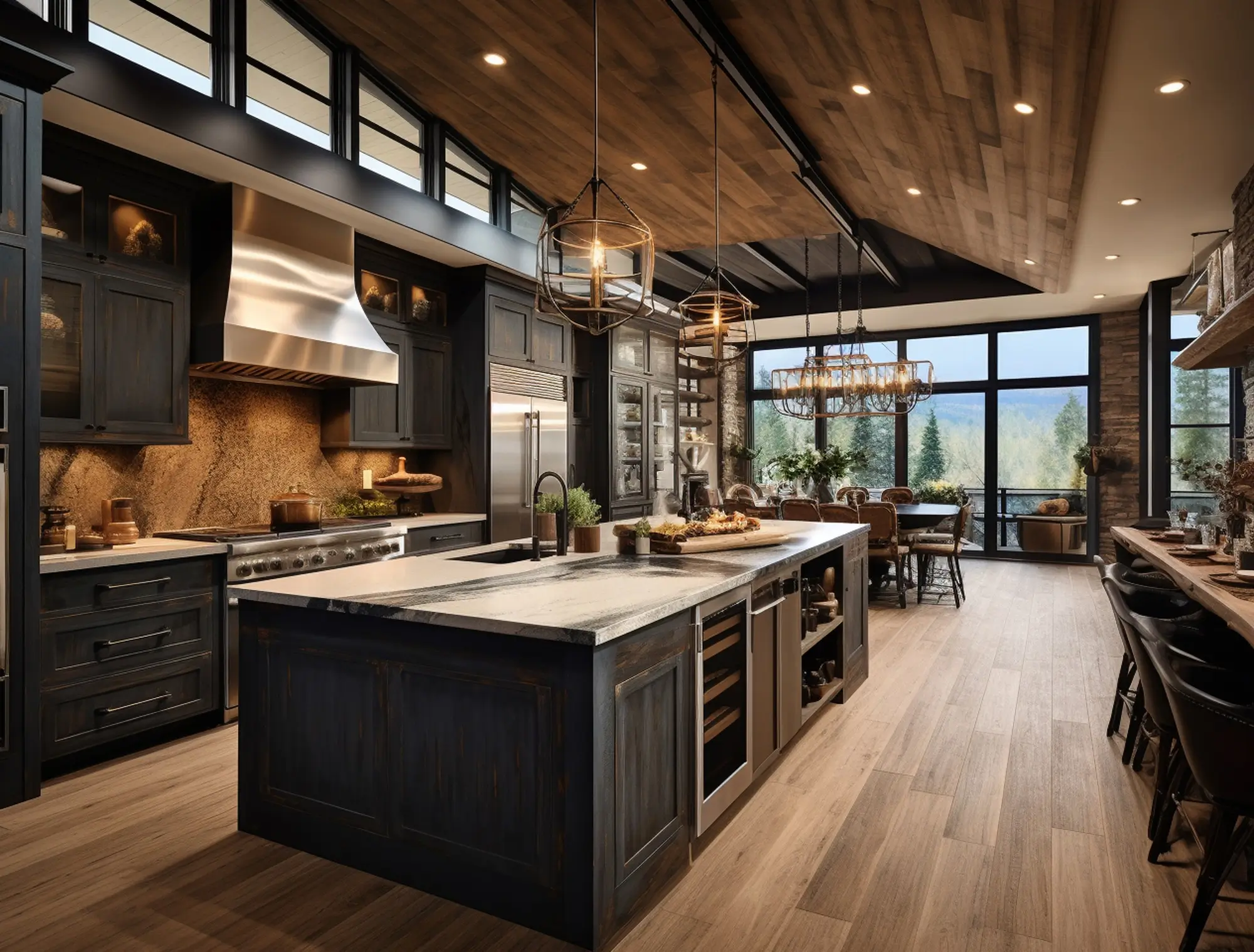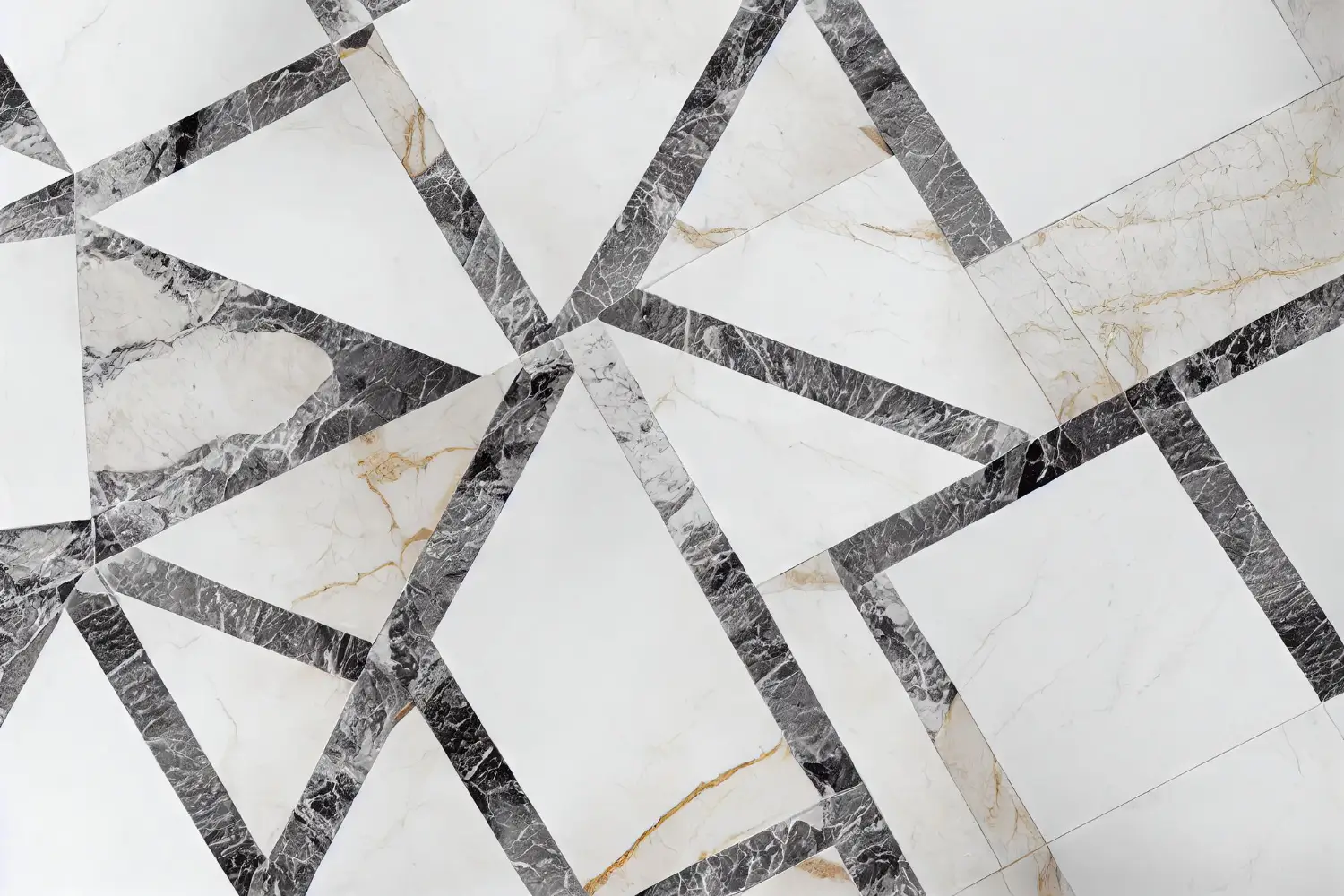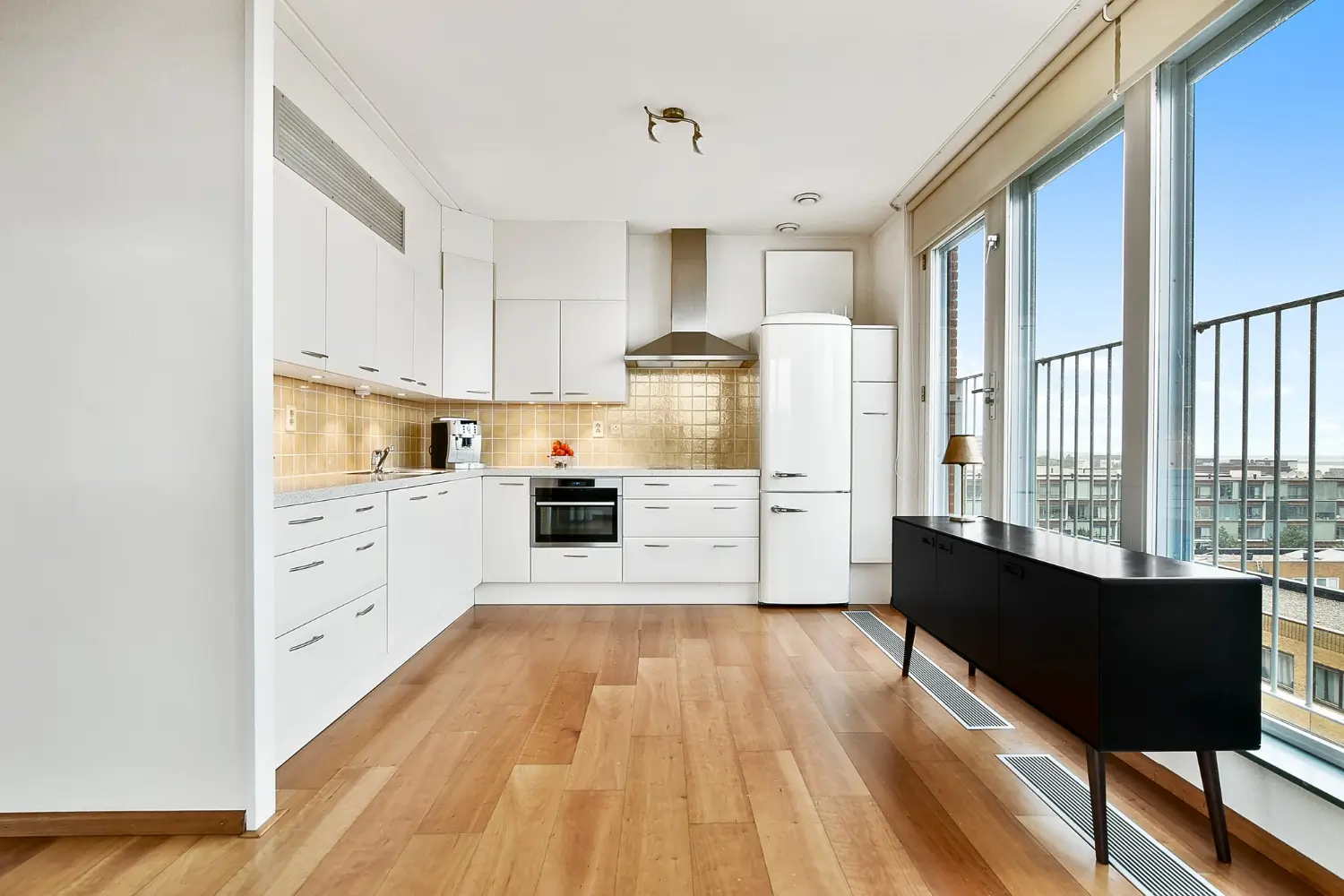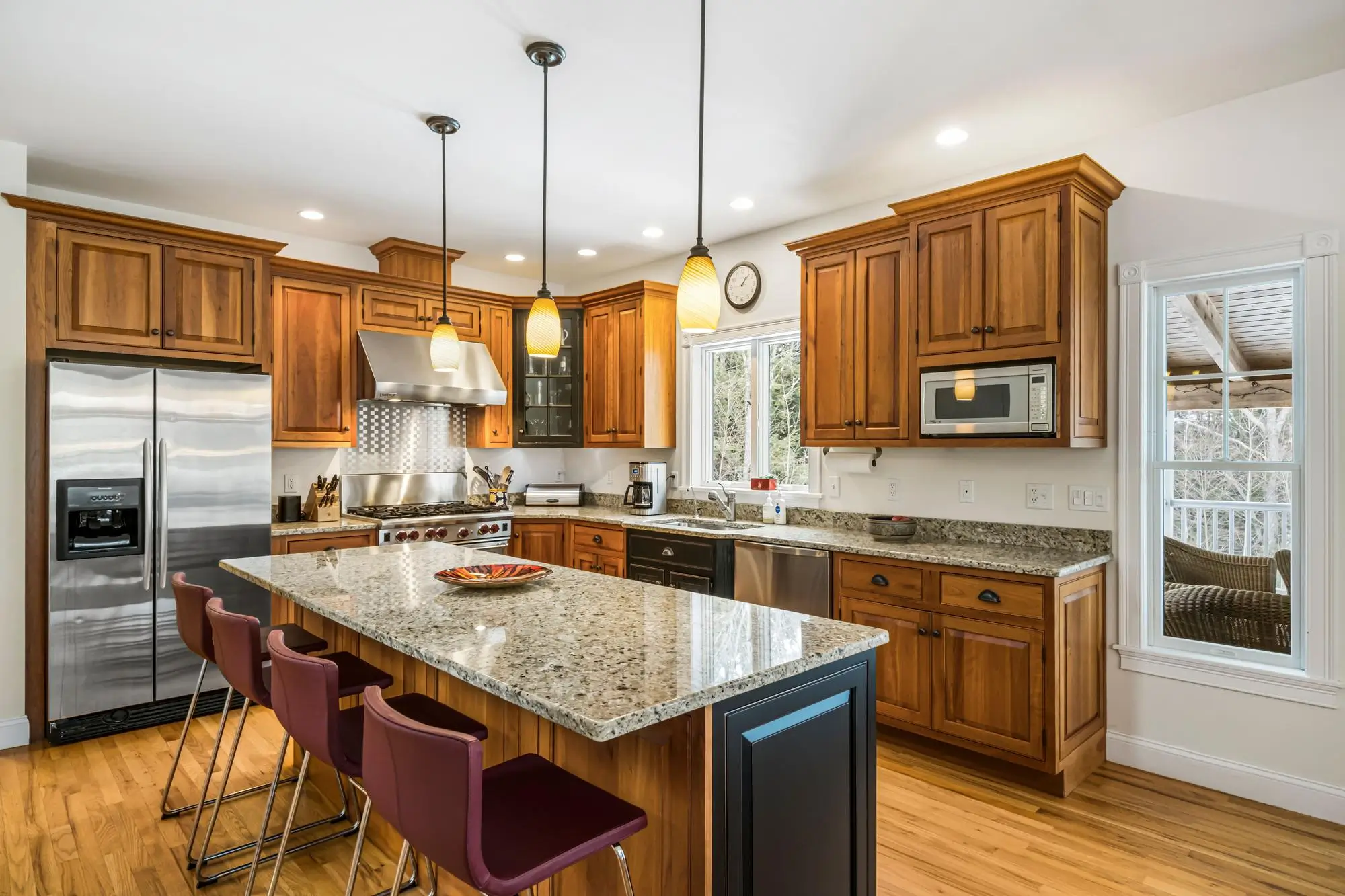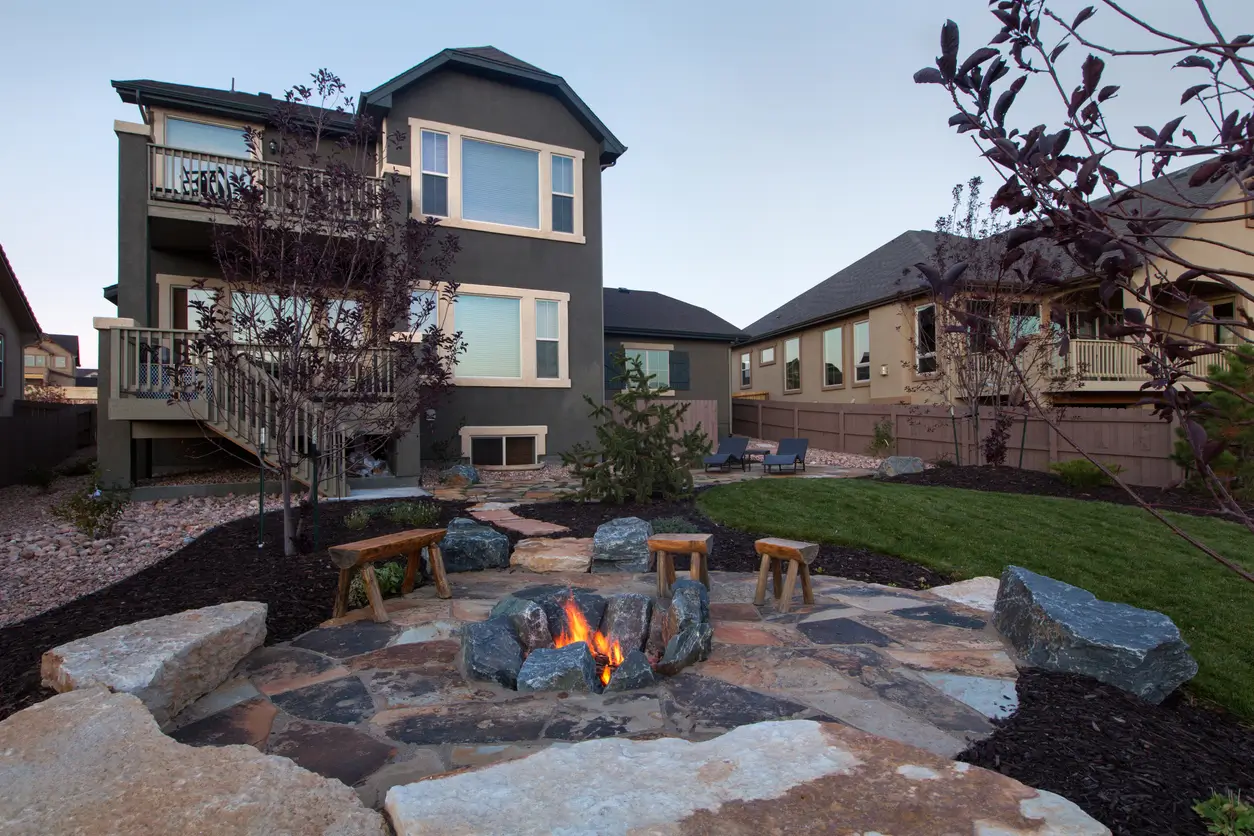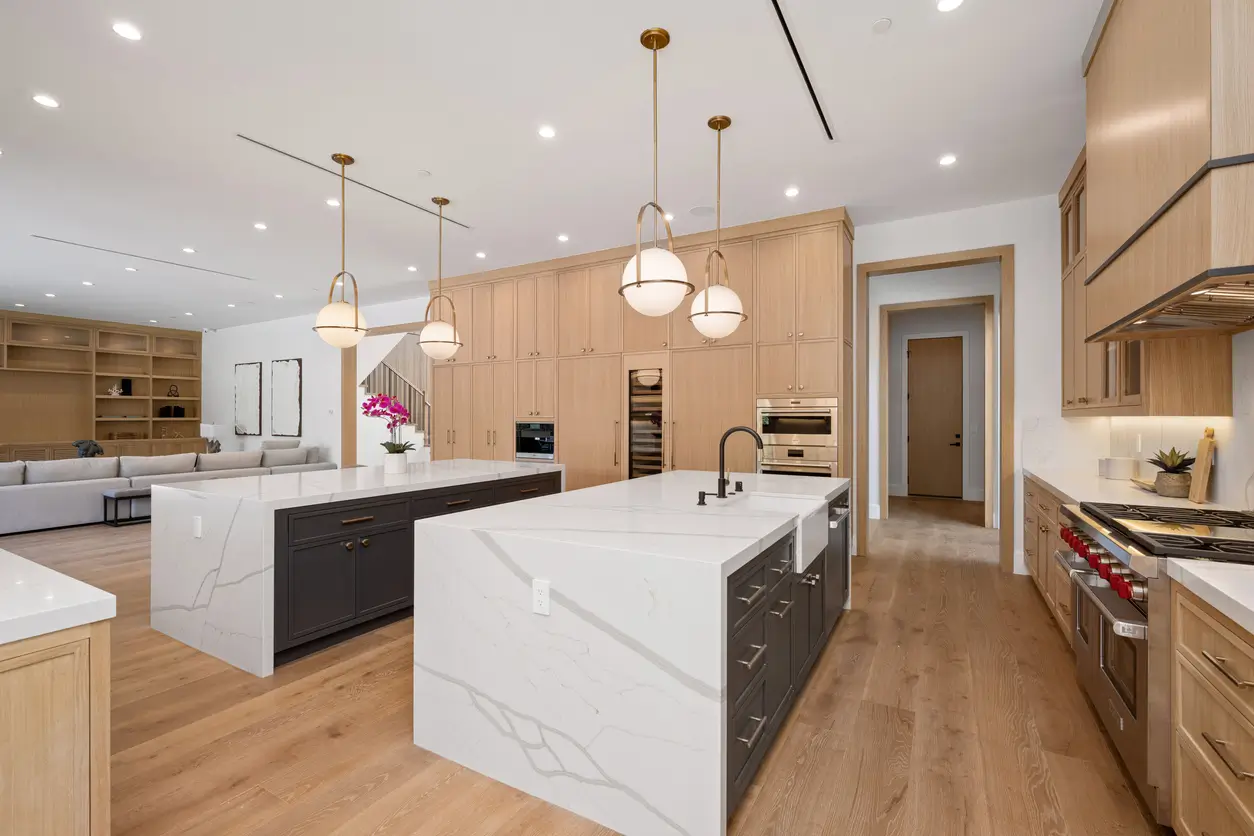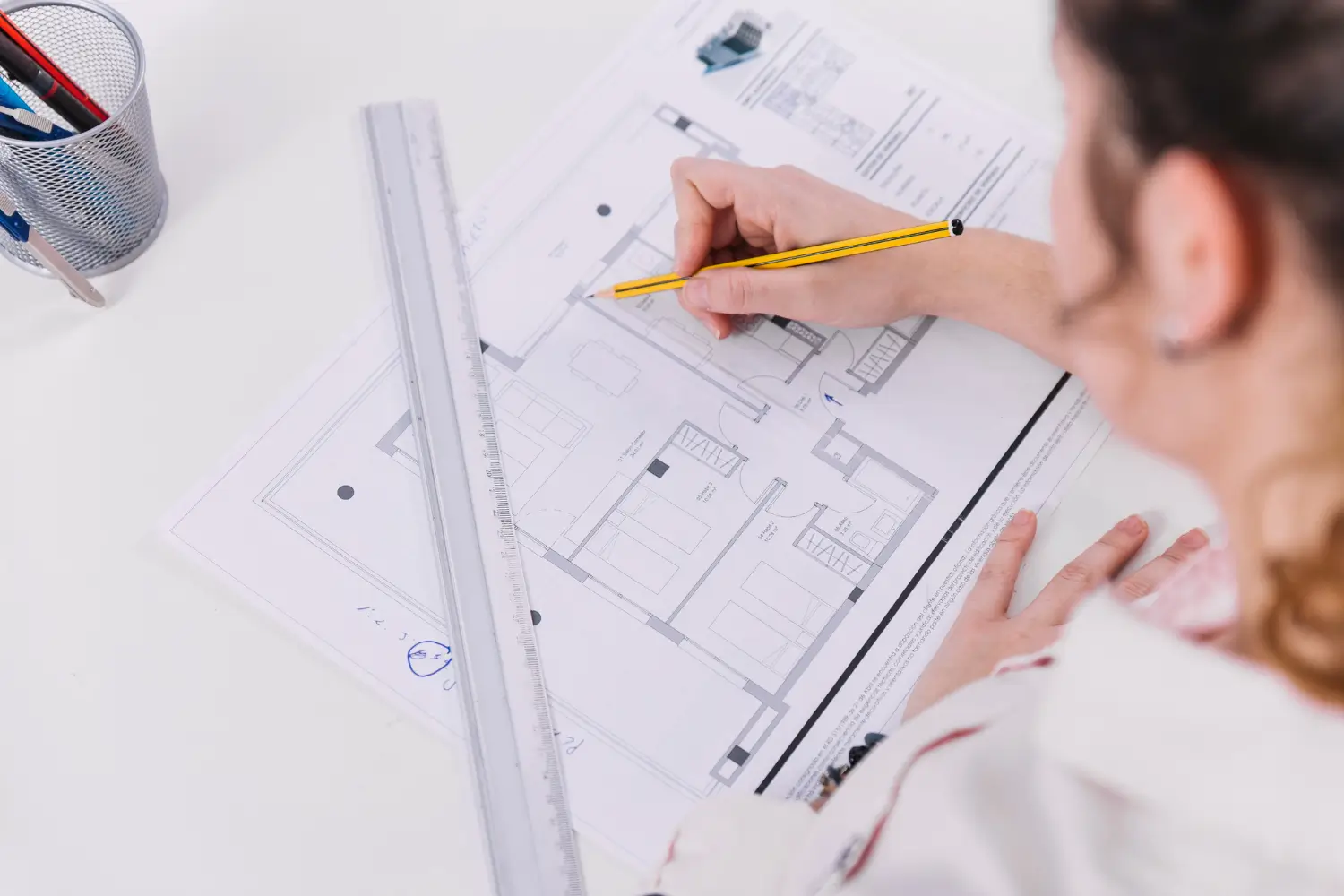Selecting the perfect flooring for your kitchen is crucial, as it needs to withstand high traffic, spills, and regular cleaning. Having gone through the process myself, I can share firsthand insights on what works best. Here, I’ll guide you through the top kitchen flooring options based on durability, maintenance, aesthetics, and cost.

Critical Considerations for Kitchen Flooring
Before diving into the types of flooring, it’s essential to understand the primary qualities that make a kitchen floor ideal:
Durability
Kitchen floors must endure heavy foot traffic, spills, dropped utensils, and frequent cleaning. Opt for materials known for their longevity and resistance to wear and tear. When renovating my kitchen, I prioritized materials that could withstand the daily hustle and bustle.
Water Resistance
Since the kitchen is prone to spills and moisture, choosing a water-resistant material will prevent damage and prolong the floor’s life. Water-resistant floors help avoid mold, mildew, and warping issues. This was a key factor for me, as my kitchen often sees spills during meal prep and clean-up.
Maintenance
Opt for flooring that is easy to clean and maintain. Low-maintenance options save time and effort in your busy kitchen. I wanted something that wouldn’t require constant attention, allowing me to focus on cooking and entertaining.
Style
The flooring should complement your kitchen’s design and overall home decor. Selecting a floor that matches your aesthetic preferences and adds to the kitchen’s visual appeal is essential. I chose a style that blended well with my modern cabinetry and countertops.
Budget
Consider the cost of materials and installation. Set a budget before shopping to avoid falling in love with an option that exceeds your financial limits—factor in long-term expenses like maintenance and potential repairs. Sticking to a budget was challenging but essential for me.
Top Kitchen Flooring Options:
Porcelain Tile
Pros
- Durability: Extremely durable and resistant to heavy foot traffic and impact, making it ideal for busy kitchens.
- Water Resistance: Highly water-resistant, which prevents damage from spills and splashes.
- Maintenance: Grout is easy to clean with a damp mop and all-purpose cleaner. Periodic sealing prevents stains and maintains its appearance.
Cons
- Installation: Requires professional installation due to its weight and the need for specific underlayment and mortar.
- Comfort: It can be challenging and cold underfoot, which may be uncomfortable for long periods.
Porcelain tile is an excellent choice for durability and water resistance. It’s available in various styles, including options that mimic hardwood or natural stone. Though initial costs can be high due to professional installation, its longevity makes it a worthwhile investment. I found porcelain tile a fantastic choice, especially for its resilience and ease of cleaning.
Luxury Vinyl Plank (LVP)
Pros
- Waterproof: Fully waterproof, making it ideal for kitchens prone to spills.
- Durability: Highly durable and resistant to scratches and dents, suitable for high-traffic areas.
- Aesthetics: Offers a realistic wood or stone appearance, enhancing the kitchen’s visual appeal.
- Comfort: Softer underfoot compared to tile, providing a more comfortable surface.
Cons
- Installation: While DIY-friendly, professional installation ensures a more polished look.
- Cost: Higher-end LVP can be expensive, though it’s generally more affordable than natural wood or stone.
Luxury Vinyl Plank has been a game-changer for me. It combines the aesthetic appeal of hardwood with the durability and water resistance of vinyl. LVP is easy to maintain and comfortable to walk on, making it a practical choice for busy kitchens. Its ability to mimic natural materials convincingly adds to its charm.
Laminate
Pros
- Cost-Effective: More affordable than hardwood or stone, yet offers a variety of stylish finishes.
- Durability: Resistant to stains and scratches, suitable for busy households.
- Installation: Easy to install, often featuring a click-lock system that makes it a good DIY project.
Cons
- Water Resistance: More water-resistant than other options. High humidity can cause warping.
- Realism: Lower-quality laminate may look less realistic compared to high-end materials.
Laminate flooring provides a cost-effective solution that can imitate the look of wood or tile. It’s a practical choice for those on a budget, though higher-end options offer better durability and aesthetics. I was impressed with the realistic look of high-quality laminate, making it a strong contender for budget-friendly renovations.
Wood Flooring
Pros
- Warmth: Adds warmth and character to the kitchen, enhancing the overall ambiance.
- Aesthetics: Timeless and versatile, fitting both traditional and modern kitchens.
- Resale Value: High-quality wood flooring can increase the value of your home.
Cons
- Water Sensitivity: Susceptible to water damage, requiring careful maintenance to avoid warping and stains.
- Cost: Generally more expensive than other options, both in material and installation.
- Maintenance: Requires regular upkeep, including refinishing and sealing.
Wood flooring brings a classic, elegant look to any kitchen. Engineered wood is a better choice for kitchens due to its enhanced resistance to moisture and temperature changes. While solid wood can warp in humid environments, engineered wood offers the same beauty with added stability. I loved the idea of wood flooring but opted for engineered wood to balance beauty and practicality.
Conclusion
Choosing the best kitchen floor for your kitchen remodel depends on balancing your needs, budget, and style preferences. Porcelain tiles and EVP offer excellent durability and water resistance, while stone tiles provide a unique and natural aesthetic. Cork and laminate are budget-friendly and comfortable underfoot but may require more careful handling. Although LVP and wood flooring add warmth and luxury to the kitchen, they have their own maintenance requirements.
Evaluate your kitchen’s needs and consider professional installation for the best results, especially for materials like porcelain and stone tiles. Considering these factors, you can select a kitchen floor that will serve you well for years. My experience with these materials has shown me that the right choice can significantly enhance your kitchen’s functionality and beauty.

